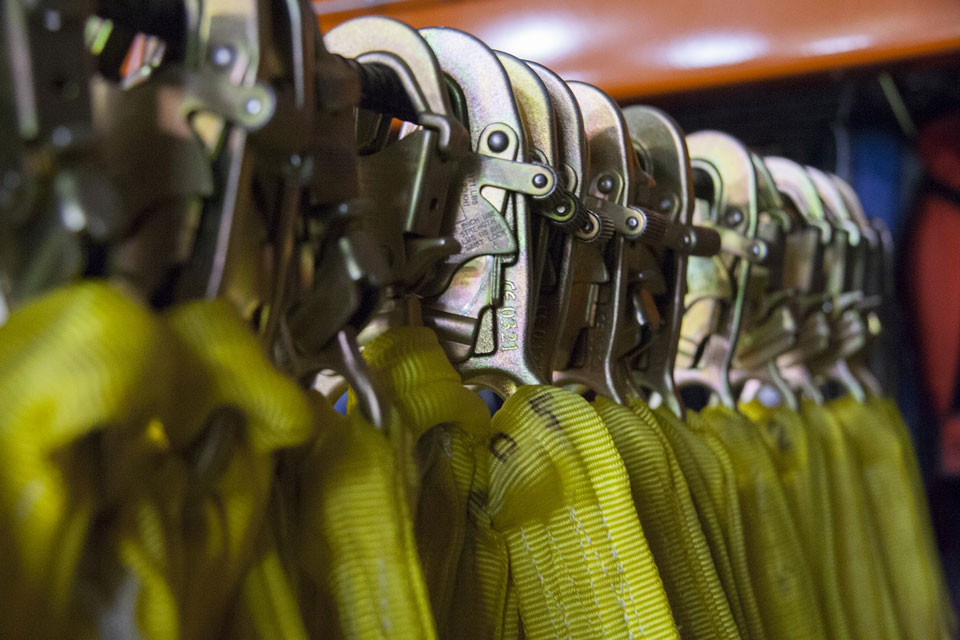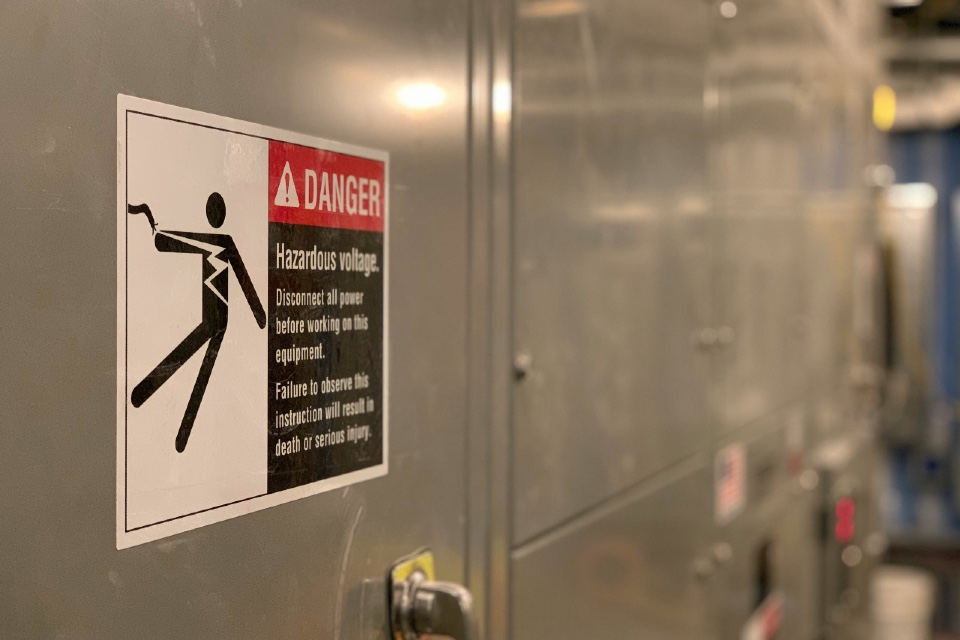All businesses that employ staff will be familiar with Personal Protective Equipment (PPE). Last year, the PPE Directive 89/686/EEC was replaced by the Regulation 2016/425 in a bid to improve health and safety at work.
As many businesses operate within the UK and neighbouring countries in the EU, many managers will be wondering what this means for them. Opposed to the former directive, the new regulation is a binding legislative act that must be applied in its entirety across the EU without requiring separate national legislation.
There have been tremendous changes in regard to working practices, especially as technology continues to advance, making processes more efficient — this includes equipment and workwear. Because of this, changes were required and expected to occur around PPE after it first came into action over two decades ago.
Not too long ago, the PPE Directive was only a focus for manufactures who put their own products on the market. However, this new regulation that was put into action on 21stApril 2018 will involve the entire supply chain. As a result, anyone who is part of the supply or distribution chain must abide by PPE and meet the standard requirements that have been set out — while also having an understanding that only products that meet the standards will be made available on the market.
What are the standards?
- Making sure PPE complies with the essential health and safety requirements.
- Making sure technical documentation has be drawn up.
- When compliance has been demonstrated the EU declaration of conformity has been drawn up and a CE mark affixed.
- Retention of documents for ten years.
- Sample testing.
- Duty to take action in relation to non-conforming PPE.
- Labelling requirements.
- Providing instructions and cooperating with the national authority.
There is a one-year transition place currently in place, which is set to end on the 21stApril this year. This means that the former Directive and current Regulation are still applicable to businesses, meaning you must be prepared for when the Regulation is the only one that matters. However, any EC type-examination certificates and approvals issued under the Directive will remain valid until the 21stApril 2023 unless they have an earlier expiry date.
PPE Categories:
When it comes to workwear, and their determined use, here are the categories that businesses must understand:
Category I (simple design)
This is all about minimal risks, and workers can assess the level of protection needed themselves. This could include the use of garden gloves, footwear or ski goggles for example.
Category II (neither simple or complex)
Including workwear such as dry and wet suits, clothing in this category don’t fall within the first or third set of categories.
Category III (complex design)
Aimed to protect employees against mortal danger, these items are complex in design and prevent any irreversible harm. To give you an idea, this could potentially include harnesses and respiratory equipment.
Staff and their PPEP compliance
Businesses will look to implement the correct PPE workwear, but are staff willing to wear it? Figures have suggested that 98% of employees have seen colleagues not wearing PPE when they were supposed to, with a further 30% saying this happens on a regular basis. Excuses varied as to why employees were not wearing the appropriate workwear with some suggesting that it looked unattractive, made them too hot, was a poor fit and was not very practical which should most definitely not be the case for such corporate workwear.
But why is it so important? Did you know that 9% of all injuries are head injuries because 84% of such occurrences have not been wearing the proper headwear? Or that 50% of construction workers experience a serious injury during their career? If workers wore proper safety eyewear, injury could be reduced by up to 90%.
Astonishingly, 25% of workplace injuries were to do with a staff members hand. This could be reduced by 60% if gloves are worn. 25% of employees are exposed to noise that are higher than the recommended level too, but such damage can be reduced 99% by wearing the right type of hearing protection.
Learning from this, it’s important that employees learn more about PPE and why it has been put in place. However, businesses must also take away from this article that workers feel uncomfortable in the PPE workwear that has been distributed to them – you must strike a balance between safety requirements and comfort to ensure that staff wear such equipment when needed.
This article was provided by tailored uniform specialists, Dimensions.
Sources:
https://ec.europa.eu/growth/sectors/mechanical-engineering/personal-protective-equipment_en
https://www.bsigroup.com/en-GB/blog/Built-Environment-Blog/ppe-directive-changes/
http://www.hse.gov.uk/toolbox/ppe.htm
http://www.legislation.gov.uk/uksi/2018/390/made
https://legislationupdateservice.co.uk/news/new-personal-protective-equipment-regulation/







